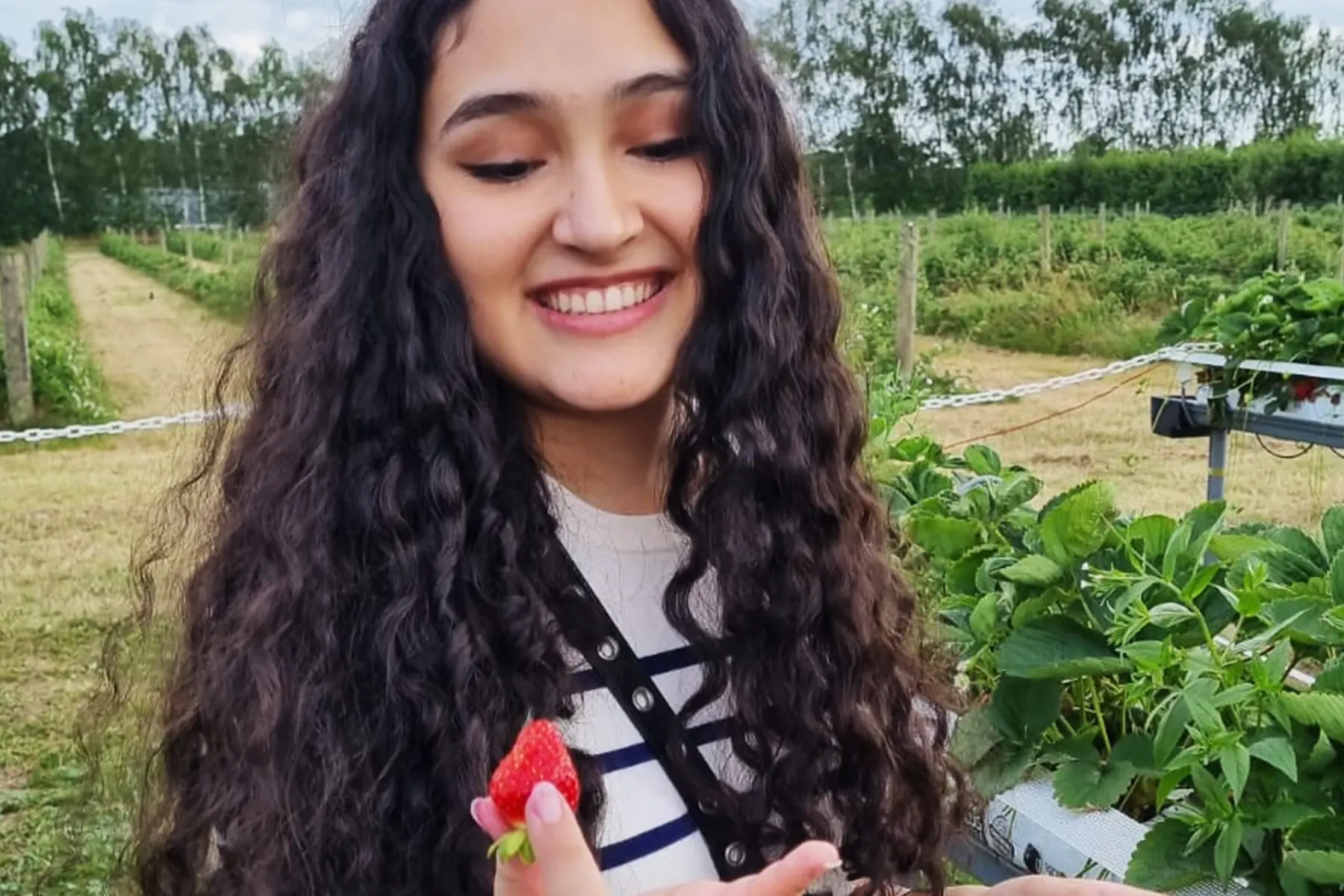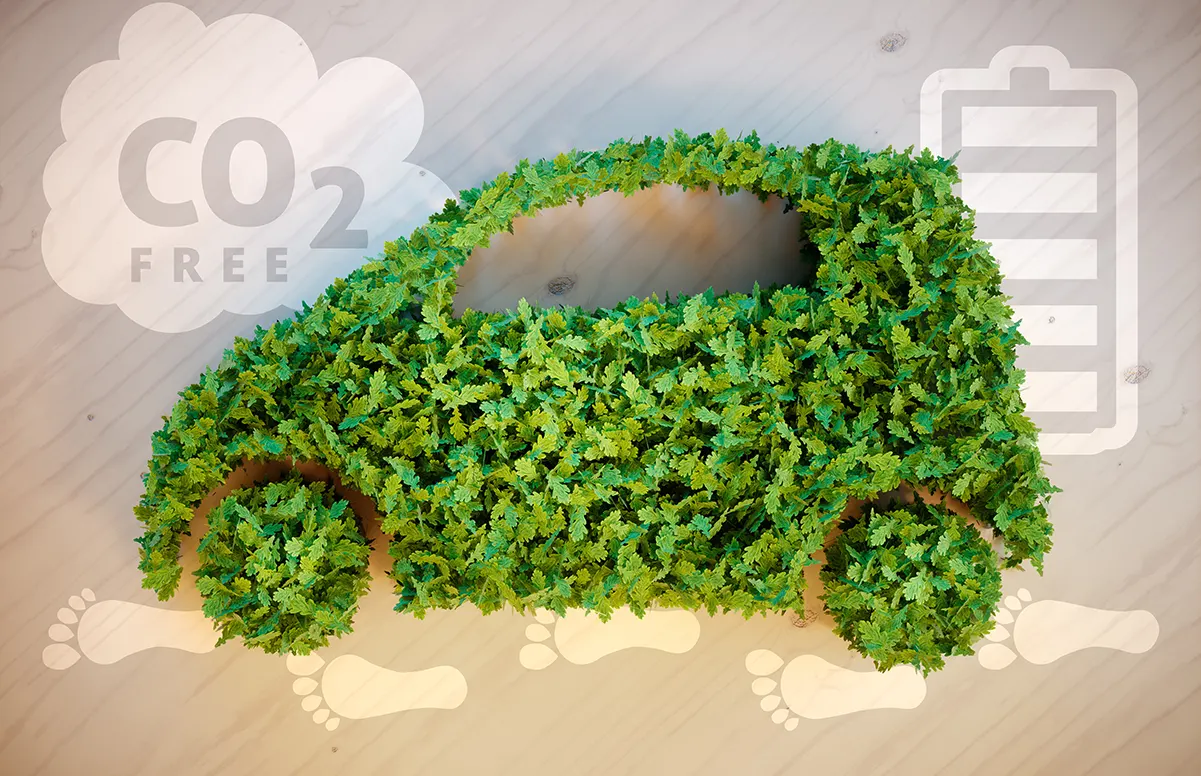Greening Your Plate: How to Shrink Our Carbon ‘Foodprint’, One Bite at a Time
When you eat a meal, do you ever question how that food landed on your plate? How far the ingredients travelled? Or what the end-to-end supply chain involves?
It’s easy to blame our cars and factories for climate change, rather than looking at the food we consume.
According to the UN, a third of human-caused greenhouse gas emissions are linked to food. While tackling climate change may seem like an insurmountable challenge, adopting sustainable eating habits can help you make a meaningful difference.
Let’s unpack what causes food CO2 emissions and the steps you can take to reduce your food carbon footprint.
What is responsible for food emissions?
Food emissions result from a complex interplay of various factors within the food supply chain, from agricultural practices to transportation and waste management.
Cattle, sheep and goats have a unique digestive system that produces methane during their fermentation process. This is why livestock and fisheries account for a vast 31% of global food CO2 emissions.
Crop production is the next biggest contributor at 27% of global food emissions, followed by 24% for land use and 18% for supply chain, think; packaging, transport and so forth.
Eating local and seasonal
Choosing locally-grown, seasonal organic produce instead of imported food reduces the carbon emissions associated with long-distance transportation and storage. Look for ‘UAE-grown’ labels in supermarkets and explore local farmers’ markets for fresh, sustainable options.
What’s more, locally-grown produce is fresher and more nutrient-dense meaning it’s much better for your health and wellbeing, too.
Becoming more energy efficient in the kitchen
Meal preparation itself is a big food emissions culprit; a gas oven only uses 6% of its energy to cook, and an electric oven uses 12% (not much better). You can lower your carbon ‘foodprint’ by choosing energy-efficient cooking methods.
Consider using a solar cooker or grill for outdoor cooking or invest in induction cooktops. Make the most of your energy-efficient appliance settings and always use pan lids to reduce the heat needed.
Minimising meat and dairy
As we established, livestock farming is a huge carbon emissions contributor. Since plant-based foods typically have lower greenhouse gas emissions, incorporating more plant-based meals into your diet can reduce your food carbon footprint.
You don’t have to go fully vegetarian, think about having a few meatless days a week. Experiment with a variety of plant-based proteins such as tofu, tempeh, seitan or legumes and consider substituting dairy milk with plant-based alternatives like almond, soy or oat milk.
Supporting sustainable seafood choices
When dining out or buying seafood, look for sustainable choices. Check for certifications such as the Marine Stewardship Council (MSC) or consult seafood guides to select species that are not overfished or caught using harmful methods.
By actively making conscious choices when you shop for and prepare food, you can play a part in mitigating climate change and promoting a more environmentally friendly food system, one bite at a time.
Greening Your Plate: How to Shrink Our Carbon ‘Foodprint’, One Bite at a Time
When you eat a meal, do you ever question how that food landed on your plate? How far the ingredients travelled? Or what the end-to-end supply chain involves?
It’s easy to blame our cars and factories for climate change, rather than looking at the food we consume.
According to the UN, a third of human-caused greenhouse gas emissions are linked to food. While tackling climate change may seem like an insurmountable challenge, adopting sustainable eating habits can help you make a meaningful difference.
Let’s unpack what causes food CO2 emissions and the steps you can take to reduce your food carbon footprint.
What is responsible for food emissions?
Food emissions result from a complex interplay of various factors within the food supply chain, from agricultural practices to transportation and waste management.
Cattle, sheep and goats have a unique digestive system that produces methane during their fermentation process. This is why livestock and fisheries account for a vast 31% of global food CO2 emissions.
Crop production is the next biggest contributor at 27% of global food emissions, followed by 24% for land use and 18% for supply chain, think; packaging, transport and so forth.
Eating local and seasonal
Choosing locally-grown, seasonal organic produce instead of imported food reduces the carbon emissions associated with long-distance transportation and storage. Look for ‘UAE-grown’ labels in supermarkets and explore local farmers’ markets for fresh, sustainable options.
What’s more, locally-grown produce is fresher and more nutrient-dense meaning it’s much better for your health and wellbeing, too.
Becoming more energy efficient in the kitchen
Meal preparation itself is a big food emissions culprit; a gas oven only uses 6% of its energy to cook, and an electric oven uses 12% (not much better). You can lower your carbon ‘foodprint’ by choosing energy-efficient cooking methods.
Consider using a solar cooker or grill for outdoor cooking or invest in induction cooktops. Make the most of your energy-efficient appliance settings and always use pan lids to reduce the heat needed.
Minimising meat and dairy
As we established, livestock farming is a huge carbon emissions contributor. Since plant-based foods typically have lower greenhouse gas emissions, incorporating more plant-based meals into your diet can reduce your food carbon footprint.
You don’t have to go fully vegetarian, think about having a few meatless days a week. Experiment with a variety of plant-based proteins such as tofu, tempeh, seitan or legumes and consider substituting dairy milk with plant-based alternatives like almond, soy or oat milk.
Supporting sustainable seafood choices
When dining out or buying seafood, look for sustainable choices. Check for certifications such as the Marine Stewardship Council (MSC) or consult seafood guides to select species that are not overfished or caught using harmful methods.
By actively making conscious choices when you shop for and prepare food, you can play a part in mitigating climate change and promoting a more environmentally friendly food system, one bite at a time.






